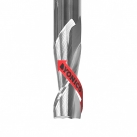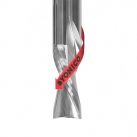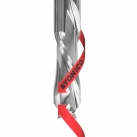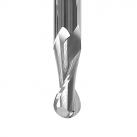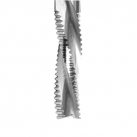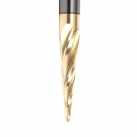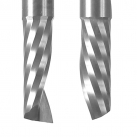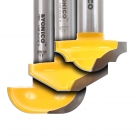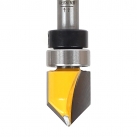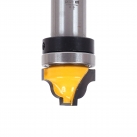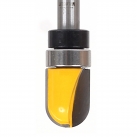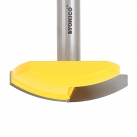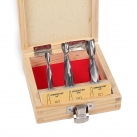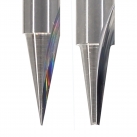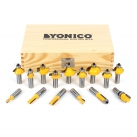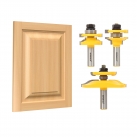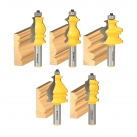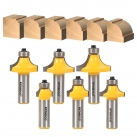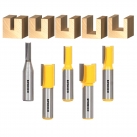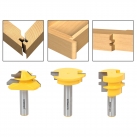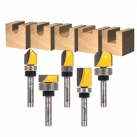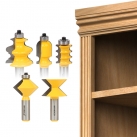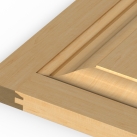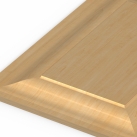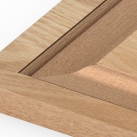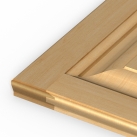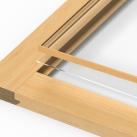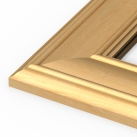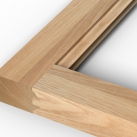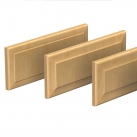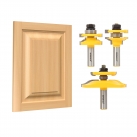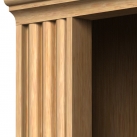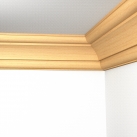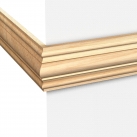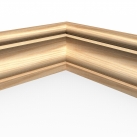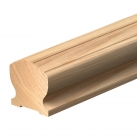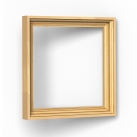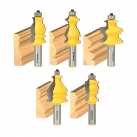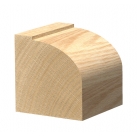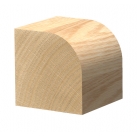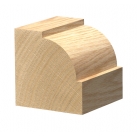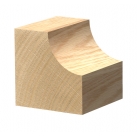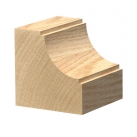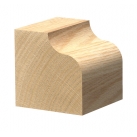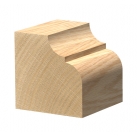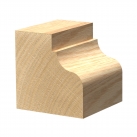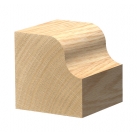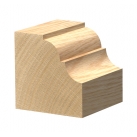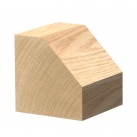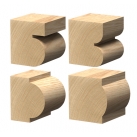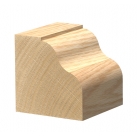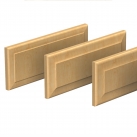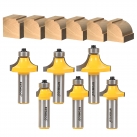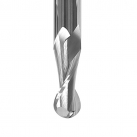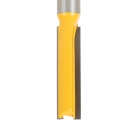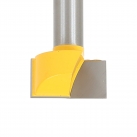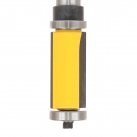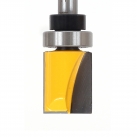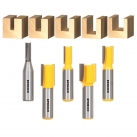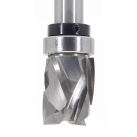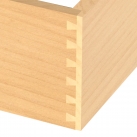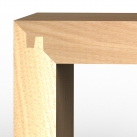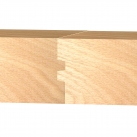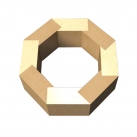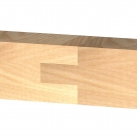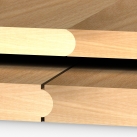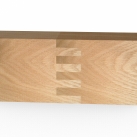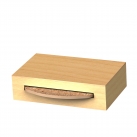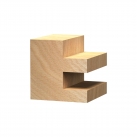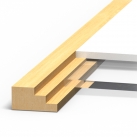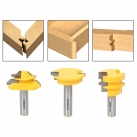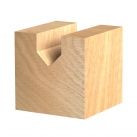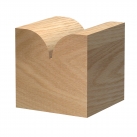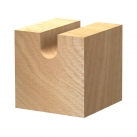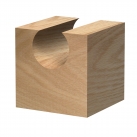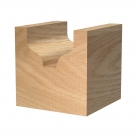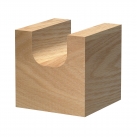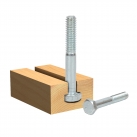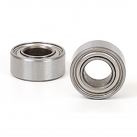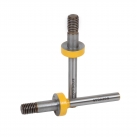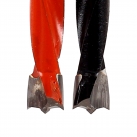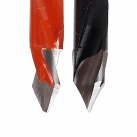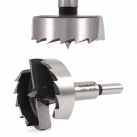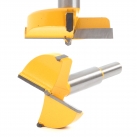
Beginner's Router Bit Buyer Guide Old
A Router Bit Information and Buyers Guide
The Anatomy of a Router Bit
Router bits come in all shapes and sizes but there are four things that are common to every single router bit. They are: the shank, the body, the finish, and most importantly the blades, sometimes referred to as the cutters.
The Shank
The shank is the cylindrical bottom end of the router bit that is inserted into the router’s collet. While shanks vary in length from bit to bit, they are always manufactured with ample length allowing you to fasten the router bit securely to your router. The two most common shank widths are ½” shank and ¼” shank. Router bits with ¼” shanks are great for light duty jobs that don’t require deep cutting, but as soon as you start doing large projects with lots of large cuts you will see that heavy duty router bits with ½” shanks are necessary. On most router bits the shank and the body of the bit are ground out from one solid block of hardened steel. (Figure 1) The shanks on bits with adjustable or removable cutters extend upwards through the cutters with a threaded end allowing a nut to be fastened on the top to hold the cutters tightly in place. On solid carbide router bits, the shank, the body, and the blade are all ground from one solid block of carbide.
The Body
The body is a heavy piece of hardened steel to which the blade is welded. It provides weight and torque to the cutters as they cut through the wood stock. Without full bodies, blades would lack the proper support and backing and would constantly break.
The Finish
The finish is the paint coating that is baked on to the body to protect the router bit from pitch and gum build-up.
The Blade
The blade is the most important part of the router bit as it is the only part of the bit that comes in contact with the cutting surface of the wood. It is the component given most attention and care during production. The blade is produced from micro-grain solid carbide, an alloy that provides an excellent balance between hardness and long-lasting durability. There are several quality grades of carbide. C2 and C3 are the most common grades of carbide used for router bit blades, with C3 being the higher grade and more preferred of the two. C2 carbide blades will dull more quickly than C3 carbide blades but will be less prone to chipping. C3 on the other hand will maintain its sharpness for longer periods of time but more care is needed to prevent chipping. Grades lower or higher than C2 or C3 carbide would be prone to quick dulling or chipping respectively.
Other Components
Other components commonly found on router bits include: bearings, shims, collars, washers, and nuts just to name a few.
Bearings provide a stop preventing the router bit from proceeding past a certain cutting depth. Some bits come with several bearings of varying sizes allowing you to choose the cutting depth of your choice. Simply replace the existing bearing with the size that you prefer.
Shims are thin round spacers placed between cutters on adjustable routers bits. Shims can be added or removed to adjust the cutters distance from each other.
Collars secure shank bearings in place.
Washers and nuts simply secure in place all router bit components that are stacked on one another.
What Makes a Quality Router Bit?
First off, by just looking at the bit you can determine a lot about it. Does the bit look like it was manufactured with care?
The following are some points to consider when buying router bits.
-
Solid Carbide vs. Hardened Steel Bodies:
Solid carbide router bits are the high end expensive bits mostly used by large kitchen manufacturing companies and the like. While the added cost of these bits, over standard hardened steel body bits does not out way their extended lifespan, they are still worth it for large production facilities. For any other user the standard router bits will suffice. -
C3 vs. C2 Carbide Blades:
C3 carbide stays sharp for longer periods of use but does require extra care to prevent chipping. C2 carbide is the more economic choice but will not stay sharp for long. -
Do the bits match up?
Rail and stile bit sets and tongue and groove bit sets, for example, are manufactured to have each of the bits cut opposing profiles from each other. It is very important to verify how well they actually match. If it is a tongue and groove set, the tongue must be the same size as the groove. Otherwise the two pieces of cut wood might fit too loosely or not fit at all. In the case of rail and stile sets the opposing design profiles must have the exact same angles and curves in order for them to match. Most often “shimming” is required to fine tune the fit. (Please refer to our Rail and Stile Troubleshooting Guide to learn how to properly shim a rail and stile router bit set.) -
Flush trim Bits:
Flush trim router bits remove excess material from edges producing a flush finish - hence the name. Make sure the guide bearing’s diameter is precisely the same as that of the blades. A guide bearing that is too narrow will cause extra material to be removed, while being too wide will allow too much material to remain.

